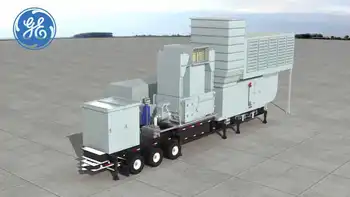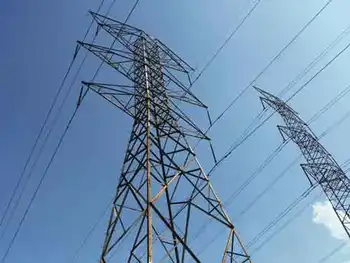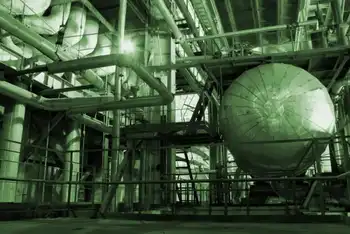Talks to begin on developing IPSP
ONTARIO - The Ontario Power Authority OPA is beginning formal consultations to update the provinceÂ’s Integrated Power System Plan IPSP.
The governmentÂ’s Long-Term Energy Plan and Supply Mix Directive, developed through stakeholder and public engagement, laid the foundation for this yearÂ’s IPSP. Released in November 2010, the Long-Term Energy Plan sets out the provinceÂ’s electricity requirements until 2030.
The Supply Mix Directive, issued in February 2011, defined the targets OPA must meet in the IPSP. The 2011 IPSP will be a 20-year blueprint for our provinceÂ’s electricity system that outlines needed investments in conservation, generation and transmission. The development of a long-term plan is central to ensuring a reliable, sustainable and cost-effective electricity system for the future of Ontario.
In developing the IPSP, the OPA will be hosting consultation sessions starting with a web-enabled teleconference to be held on May 17. This session will provide an introduction to the IPSP process and an overview of the IPSP Planning and Consultation document which will be available on the OPA website prior to the session. The sessions will seek input and advice to ensure stakeholdersÂ’ views are considered in the development of the updated IPSP.
Information on future consultation sessions will be posted to the website.
The OPA will also be scheduling additional sessions with First Nations and Métis communities in the development of the IPSP. More information will be provided directly to Aboriginal communities.
Funding is available for eligible stakeholders to assist with their participation in the consultation process. Applications for IPSP participant funding are available on the OPA website, along with information on eligibility.
Related News

Coal, Business Interests Support EPA in Legal Challenge to Affordable Clean Energy Rule
WASHINGTON - The largest trade association representing coal interests in the country has joined other business and electric utility groups in siding with the EPA in a lawsuit challenging the Trump administration's repeal of the Clean Power Plan.
The suit -- filed by the American Lung Association and the American Public Health Association -- seeks to force the U.S. Environmental Protection Agency to drop a new rule-making process that critics claim would allow higher levels of greenhouse gas emissions, further contributing to climate change and negatively impacting public health.
The new rule, which the Trump administration calls the "Affordable Clean…




